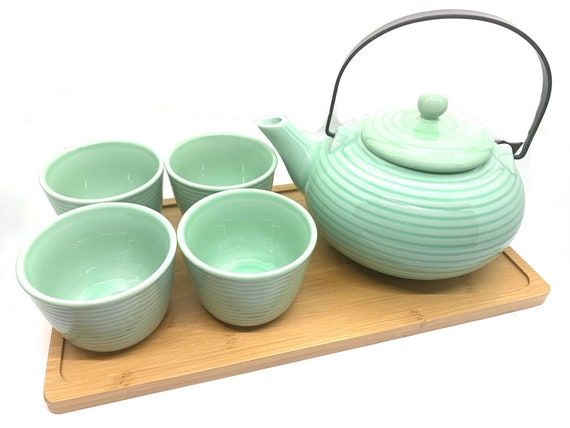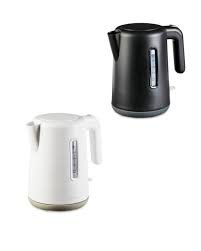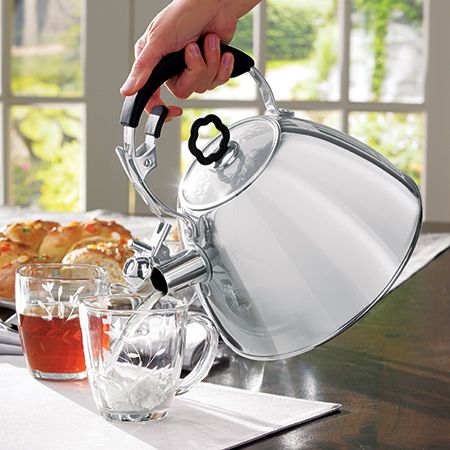A Japanese cast iron tea kettle is a traditional and durable kitchen item often used for boiling water and brewing tea. It is known for its heat retention and elegant design.
Culturally significant in Japan, this tea kettle is gaining popularity worldwide for its functional and decorative qualities. With a history dating back centuries, it is crafted with precision and skill, making it a sought-after item for tea enthusiasts and collectors alike.
The cast iron material is not only sturdy but also has unique heat distribution properties, ensuring optimum steeping temperatures for different types of tea. This versatile teapot is a staple in both traditional and modern kitchen settings, adding an authentic touch to the tea-drinking experience. Whether for personal use or as a decorative piece, the Japanese cast iron tea kettle is a timeless and practical addition to any home.
The Art Of Japanese Cast Iron Tea Kettles
The art of Japanese cast iron tea kettles, known as “tetsubin,” has a rich history and cultural significance. These traditional teapots are not only functional but also serve as beautiful works of art, reflecting the elegant and refined aesthetic of Japanese tea culture.
History Of Japanese Cast Iron Tea Kettles
The roots of Japanese cast iron tea kettles can be traced back to the 17th century, during the Edo period. Initially used as a status symbol among the aristocracy, these kettles gradually gained popularity among the general population for their ability to enhance the flavor of tea.
The Origins Of Japanese Cast Iron Tea Kettles
Japanese cast iron tea kettles were inspired by similar vessels from China and Korea but evolved to reflect distinct Japanese aesthetics and craftsmanship.
Significance In Japanese Tea Culture
The tetsubin plays a vital role in Japanese tea ceremonies, symbolizing tranquility, harmony, and respect for nature. It is revered for its ability to brew tea to perfection while exuding an air of sophistication.
Crafting Traditional Japanese Cast Iron Tea Kettles
Traditional tetsubin are meticulously crafted using time-honored techniques, often involving multiple artisans specializing in different aspects of production, such as casting, polishing, and applying decorative elements.
Traditional Techniques And Processes
The crafting process involves hand-pouring molten iron into molds, followed by intricate patterns or motifs being painstakingly carved or engraved onto the kettle’s surface.
Modern Innovations And Artistic Influences
While preserving traditional methods, modern artisans have also introduced innovative designs and incorporated contemporary artistic influences, resulting in a diverse range of tetsubin that cater to various tastes and preferences.
The Elegance Of Japanese Cast Iron Tea Kettles
Japanese cast iron tea kettles are celebrated for their timeless elegance, with their sleek, minimalist designs and lustrous finishes reflecting the refined aesthetic sensibilities of Japanese culture.
Aesthetics And Design Elements
The aesthetic appeal of tetsubin lies in their simplicity and intricate details, such as delicate floral motifs, symbolic patterns, and organic forms, all contributing to the overall beauty of the teapot.
Symbolism And Cultural Meanings
Each element of a tetsubin, from its shape to its decorative elements, holds deep symbolic meanings rooted in Japanese culture, such as prosperity, longevity, and the appreciation of natural beauty.
Care And Maintenance Of Japanese Cast Iron Tea Kettles
To ensure the longevity of a tetsubin, proper care and maintenance are essential. A well-maintained tea kettle can last for generations, becoming a cherished heirloom passed down through families.
Proper Cleaning And Seasoning Techniques
Regular cleaning and seasoning with hot water and drying the kettle thoroughly after each use are crucial steps in maintaining the condition of the cast iron and preventing rust.
Longevity And Preservation Tips
Implementing measures such as avoiding sudden temperature changes and using soft cloths for cleaning can help preserve the patina and overall integrity of the tetsubin for years to come.

Credit: www.etsy.com
Frequently Asked Questions For Japanese Cast Iron Tea Kettle
What Are The Benefits Of Using A Japanese Cast Iron Tea Kettle?
Using a Japanese cast iron tea kettle can enhance the flavor of tea by evenly distributing heat, helps retain heat for a longer period, and adds a touch of elegance to your tea ritual.
How To Properly Clean And Care For A Japanese Cast Iron Tea Kettle?
To clean a Japanese cast iron tea kettle, rinse with warm water and dry thoroughly. Avoid using soap, which can damage the kettle’s seasoning. To prevent rust, make sure to dry the kettle completely after each use.
Are Japanese Cast Iron Tea Kettles Suitable For All Stove Types?
Japanese cast iron tea kettles are compatible with gas, electric, and induction stoves. However, it’s essential to check the specific kettle’s compatibility with your stove type, as some may have limitations.
Can A Japanese Cast Iron Tea Kettle Be Used To Boil Water For Other Purposes?
Yes, you can use a Japanese cast iron tea kettle to boil water for various purposes, such as making coffee, soups, or other hot beverages. However, it’s important to clean and dry it thoroughly after each use to maintain its longevity.
Conclusion
The Japanese cast iron tea kettle is a timeless addition to any tea lover’s collection. With its durability, traditional design, and health benefits, it offers a unique way to enjoy the art of tea brewing. Investing in a quality cast iron tea kettle can bring a touch of elegance and tradition to your daily tea ritual.




